Inside No. 9’s Best Episodes (That Aren’t The 12 Days of Christine)
To mark series eight, we celebrate some of the brilliant Inside No. 9's finest half-hours so far!

There are no bad episodes of Inside No. 9 – Steven Pemberton and Reece Shearsmith’s brilliantly inventive anthology show telling half-hour stories set in single locations – which is one problem when choosing favourites. Another is that every single ranking seems to be topped by the same episode – series two, episode two, ‘The 12 Days Of Christine’. You’ll get no argument there – that episode is a masterpiece blending comedy, spookiness, drama and an emotional final act revelation that brings the whole thing together. But it does rather overshadow the other 43 episodes so far aired, many of which are also excellent and worthy of more notice.
As Inside No. 9 returns for the rest of series eight, we present: 15 of its best Inside No. 9 episodes that are *not* ‘The 12 Days of Christine’.
15. Misdirection (Series 5, Episode 4)
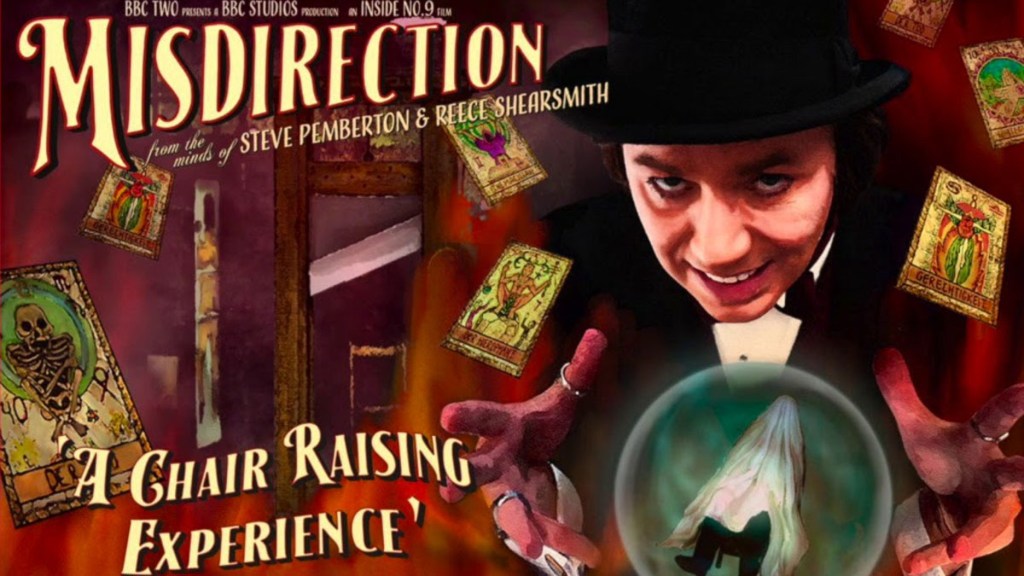
Considering the reputation this series has for surprising twists, it’s perhaps strange that it took until series five to do a story about a magician. Even more than usual, the audience will be scrutinising this episode for clues to the twist, knowing that the writers will be using misdirection in the same way that magicians do. That’s what makes it especially impressive that many of us did not see the trick coming until all was revealed at the end (not through any violation of the Magician’s Code, fear not).
‘Misdirection’ is Inside No. 9 in a nutshell. Anchored by a great guest performance from Fionn Whitehead opposite Shearsmith, it blends humour and character in the build-up to a dark but clever ending.
14. How Do You Plead? (Series 6, Episode 5)
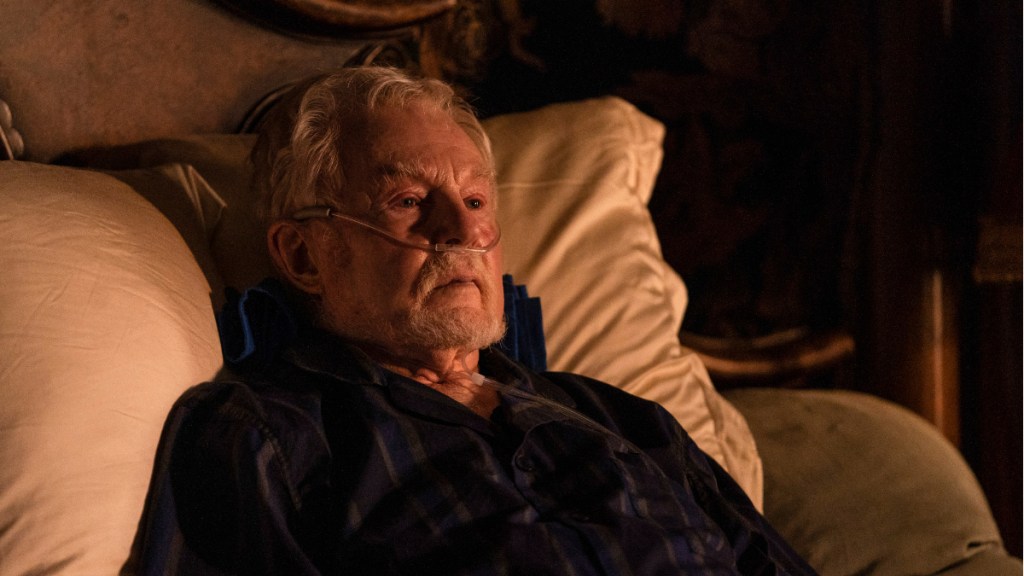
Derek Jacobi is so far the only guest star to appear in two episodes (as different characters, and the first was voice-only) and that is because he is, quite simply, brilliant.
Series six of Inside No. 9 was the COVID season, the series which was filmed under pandemic restrictions. This is not particularly obvious to the viewer, since Inside No. 9 always features a fairly small cast in a single location. But they did mix and match episodes originally planned for series six with episodes written in lockdown for series seven, leaning towards more COVID-friendly scripts like this rather than, for example, ‘Mr King’, which required a large group of children to be in one room and was held off for series seven.
That is to series six’s benefit. Much of this episode is a two-hander between Jacobi and Shearsmith, just playing off each other in a compellingly dark conversation. And then, enter Pemberton, and an initial revelation followed up by a deliciously dark final twist.
13. Thinking Out Loud (Series 5, Episode 5)
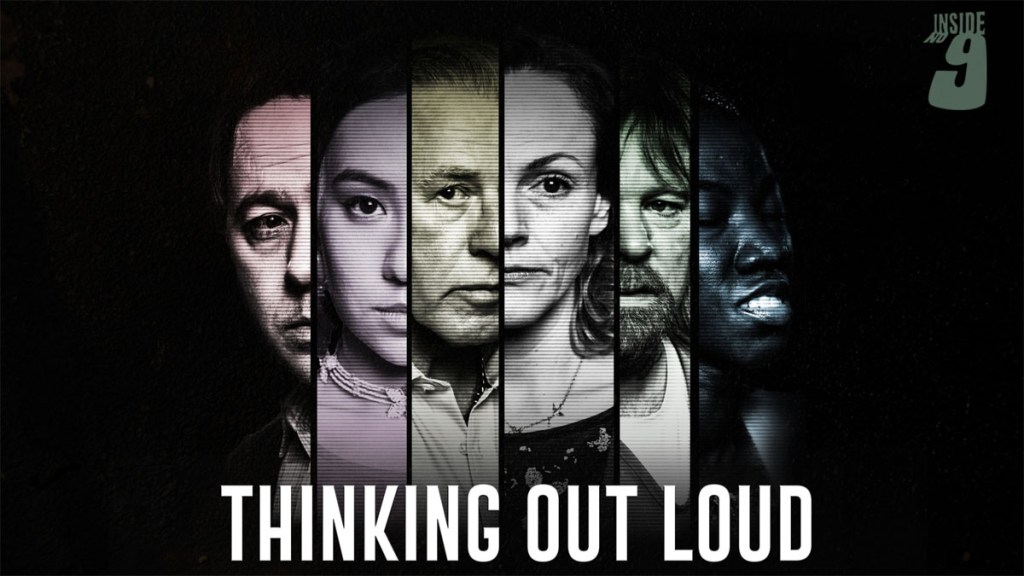
‘Thinking Out Loud’ is one of a very small number of episodes that bends one of Inside No. 9’s core rules, which is that each episode must take place in a single location. On first viewing, it looks like the episode has thrown this rule out of the window all together. But viewers are quickly drawn in to the worlds of the half dozen characters on screen in what looks like a series of Alan Bennett-inspired monologues and forget all about that – until the final act revelation.
In the end, this episode barely bends the rule at all, since the precise constraint Pemberton and Shearsmith decided on was “once you enter a place you never leave it” and this rule is followed. It’s a clever puzzle box of an episode, with an appropriately No-9-classic ending.
12. Love’s Great Adventure (Series 5, Episode 3)
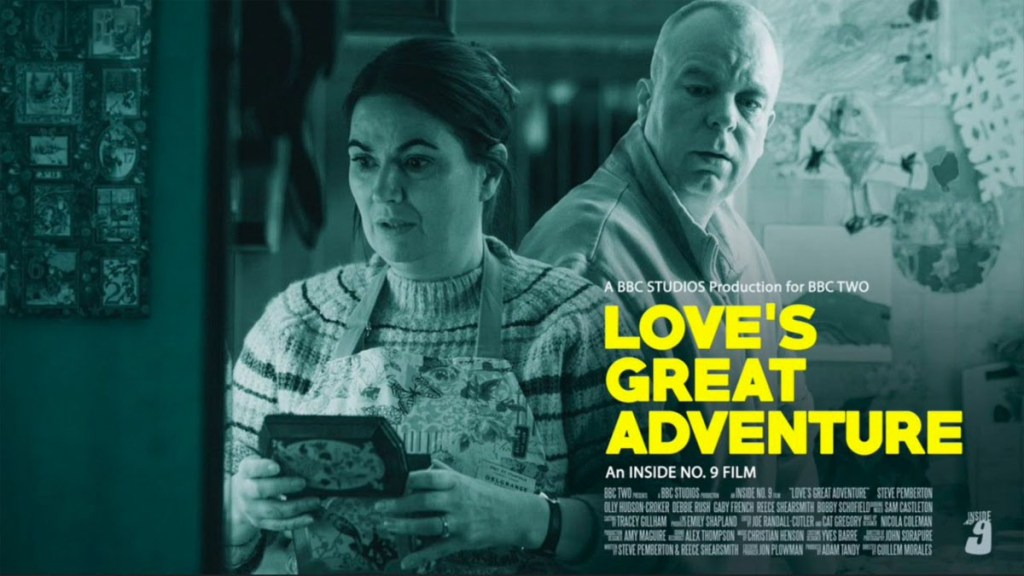
Shearsmith and Pemberton have occasionally attempted to convince people that this show is not all about twists, but they are also well aware of the audience’s expectations going in to any new instalment of this show. In this case, they manage to have their cake and eat it too. There is no shocking twist or major rug-pull – but they have structured the episode in such a way that there are revelations towards the end that reward a rewatch by answering questions from earlier.
This episode uses the “number nine” concept to follow a family through each of the 24 days of their advent calendar. A small mystery is introduced when they skip number 9 and Pemberton’s character appears on 10th December with a black eye, and this is explained later on when they do open the window; another minor mystery is cleared up towards the end of the episode. But overall, this is a simple, bittersweet, touching snapshot of family life that shows off Pemberton and Shearsmith’s impressive ability to switch between genres while still maintaining a sense of essential “No-9-ness”.
11. Empty Orchestra (Series 3, Episode 4)
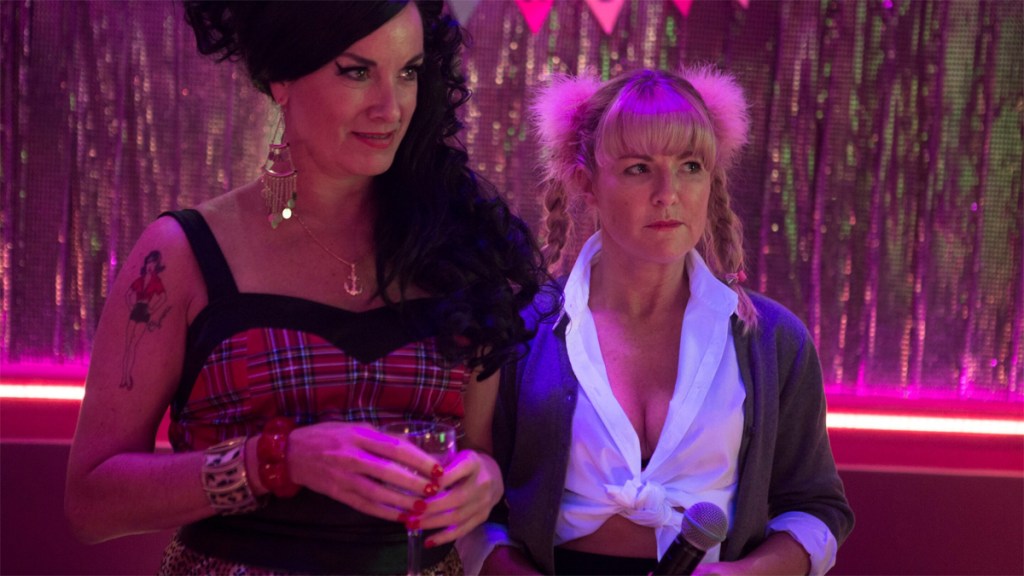
Inside No. 9’s musical episode is seriously underrated, and we’re here to put that right. Although not the first to avoid any character deaths (that was series two’s ‘Nana’s Party’), ‘Empty Orchestra’ is one of very few episodes of the show to have a genuinely happy ending. The story is simple and fairly low-stakes, but the feeling of triumph and satisfaction that comes with the nice people getting good things and the not-so-nice people getting their comeuppance is enhanced by the musical numbers.
This may not be a big Broadway-style musical episode, but its Cabaret-style use of songs sung in universe brings a vivid sense of emotion to the story. There may not be a much of a twist or a surprise, but this is still one of the show’s most satisfying endings.
10. To Have And To Hold (Series 4, Episode 4)
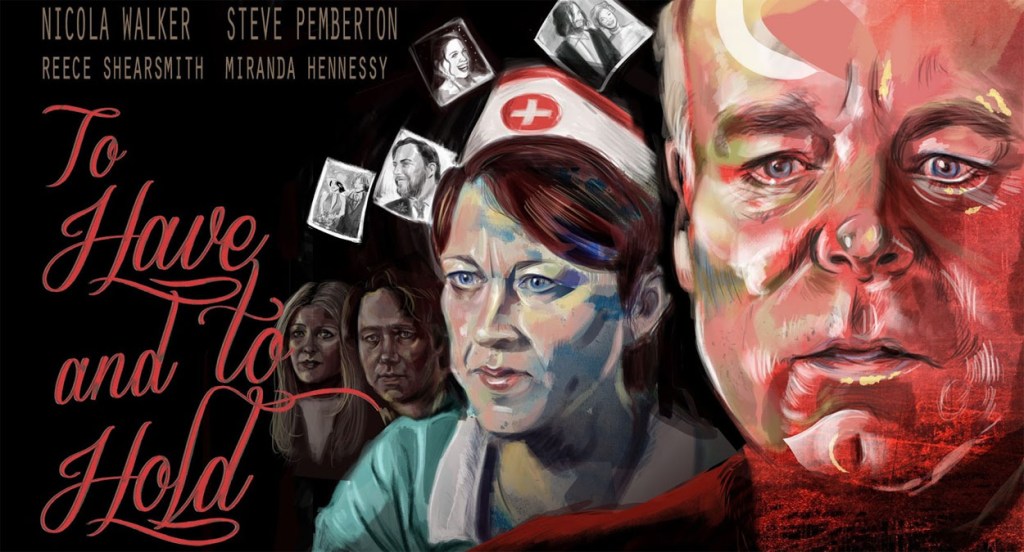
For its first half, this episode looks like a fairly straightforward domestic drama – a new direction for the show (‘Love’s Great Adventure’ would follow later), but given the flexibility of the format, not too surprising a move. And then – it gets dark. Really dark.
The shot that changes the tone of this whole episode is genuinely chilling. It is completely unexpected, coming apparently out of nowhere (though of course, on a re-watch, you can catch the earlier hints), and filmed in a way that is so small and quiet, it is so much more horrific than a sudden dramatic reveal or jump scare.
The last part of the episode follows that one, gut-punching twist through to deliver an ending that is equal parts horrific and deeply satisfying – and the ability to feel that sense of satisfaction from a dark conclusion is unnerving in itself. Perhaps not quite as funny as some other entries, but this is an unforgettable half hour.
9. Dead Line (Halloween Special)
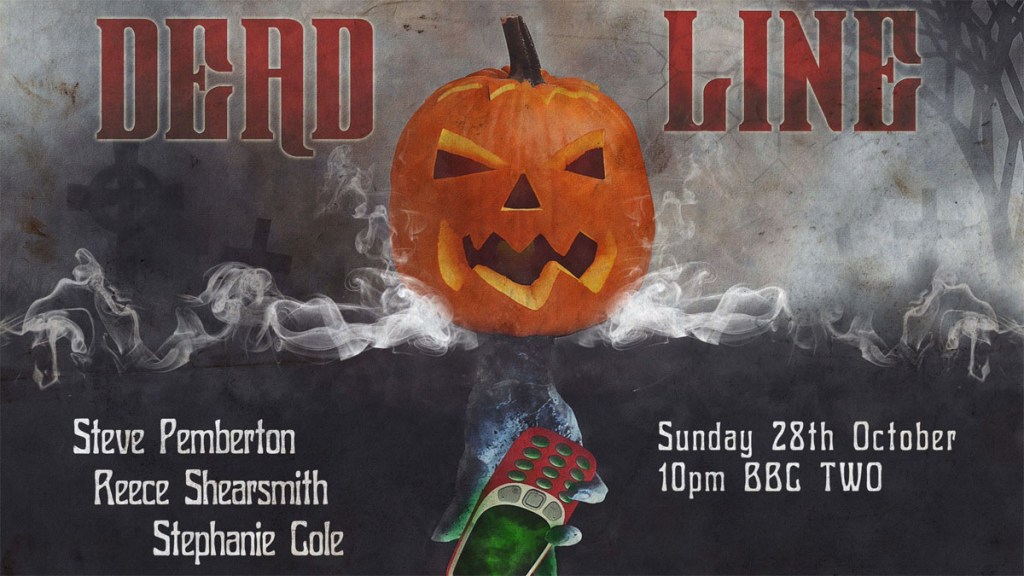
For their only Halloween special to date, Inside No. 9 tackled the challenge of a mostly live episode (they did use some pre-recorded material as well). The joy of this one is not the relatively straightforward ghost story itself, but the way it is filmed. The use of cameras, viewscreens, mirrors, and classic ghost story tropes is beautifully done.
This episode’s only flaw is that it is almost too clever for its own good. The part where it looks like the live broadcast is experiencing technical problems and the BBC announce that they are going to put on a classic episode instead is so convincing that some viewers on the night turned over, and others watching it later on the BBC iPlayer turned it off assuming the iPlayer was glitching. That’s a testament to how convincing it was – though really, we should all have realised that the rather bland story the episode appeared to be following was not, in fact, the story at all.
8. The Riddle of the Sphinx (Series 3, Episode 3)
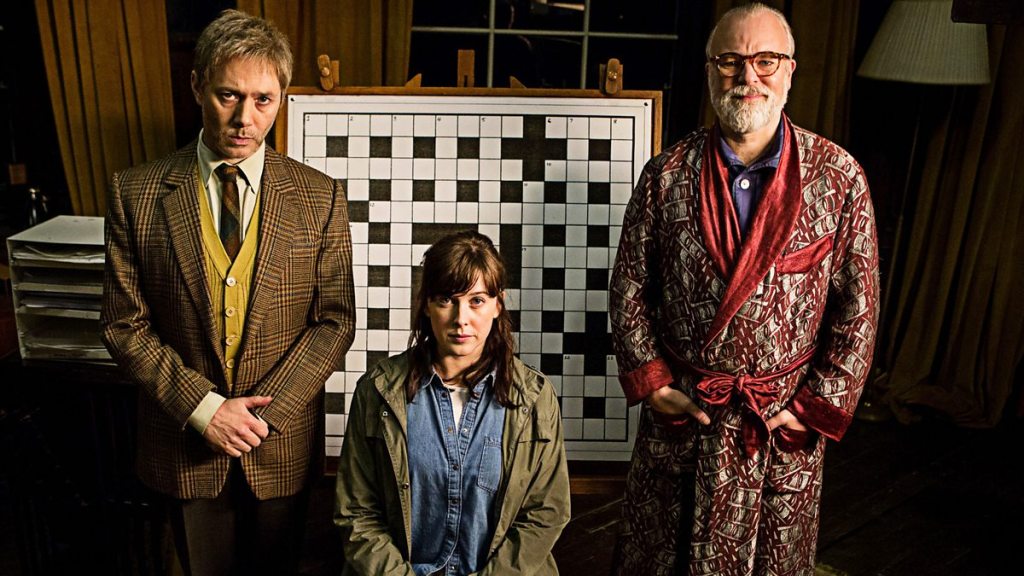
This episode is about two things: crossword puzzles, and Greek mythology. If you have ever read any Greek mythology, or seen a Greek play, you will already have realised that it is very, very grim. Everyone in the episode is up to something and everyone is utterly ruthless. As the episode progresses their conflicting games come to a head in ways that are unexpectedly horrifying both to them and to the audience in a story that does not shy away from the more salacious aspects of Greek myth, including incest and cannibalism.
The episode’s use of its other theme, crossword puzzles, is equally clever if not more so. Pemberton actually wrote the puzzle featured in the episode, and it was even published in The Guardian the week before (though Pemberton admits it was perhaps more successful as a series of cryptic clues to the episode’s revelations than as a standalone cryptic crossword).
7. Zanzibar (Series 4, Episode 1)
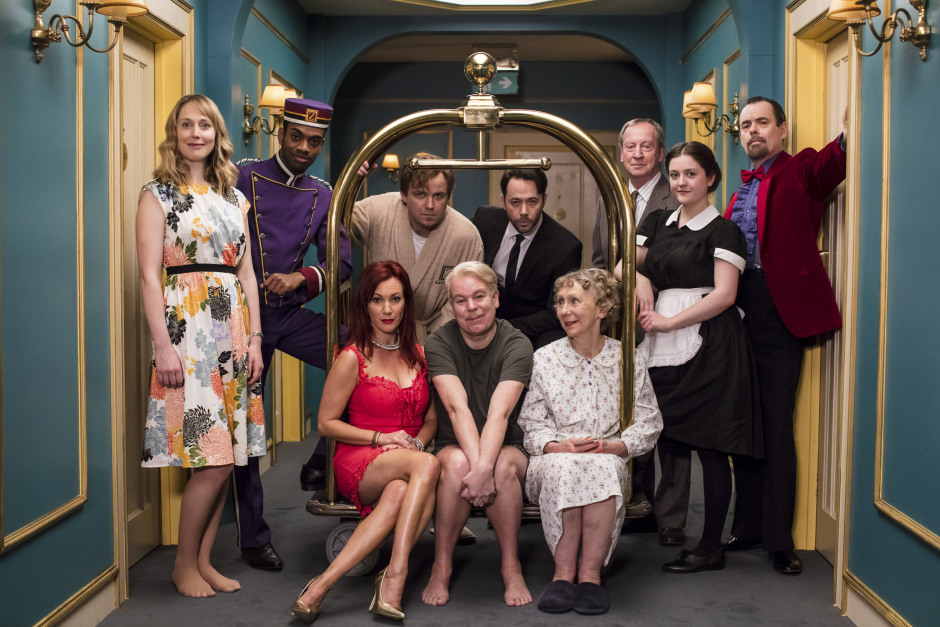
Another episode that adopts a wholly different format, this episode is a parody of a Shakespearean comedy written entirely in iambic pentameter. The setting is modern (the ninth floor corridor of a hotel) and as a result we get glorious lines of dialogue like, “these sodding keycards never bloomin’ work” in iambic pentameter, which is a thing of beauty. The plot is also very clever, squeezing all the essential elements of Shakespeare’s best known comedies – twins separated at birth, confused identities, romance, and all ending well for love – into half an hour.
Like ‘The Riddle of the Sphinx’, ‘Zanzibar’ is extremely clever and especially rewards anyone with some knowledge of the thing it’s riffing on. It is placed one step higher primarily because the joyous ending makes it a more fun re-watch experience than the grim ‘Riddle’ – for those whose tastes run more to the dark and disturbing, swap these two around!
6. Mr King (Series 7, Episode 2)
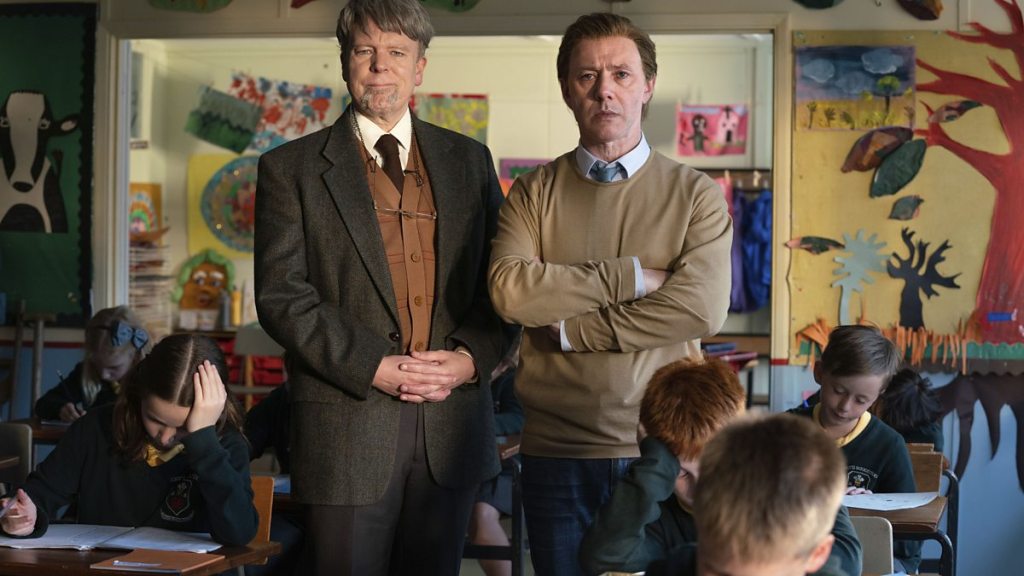
This episode is essentially an homage to a classic British horror film, squeezed into half an hour and set in a primary school classroom – even more creepy children means even more squirming horror for the audience. The big reveal of what’s really going on is, of course, the episode’s twist, but if we tell you it involves a “Mr King” (hence the episode title), a disappearance, inappropriate nudity, and a festival, you might be able to guess.
The episode also, like every other episode of Inside No. 9, features a slightly creepy-looking hare statue, which is placed somewhere in the background in every episode (except for Series 4’s ‘Tempting Fate’, in which it plays a major featured role). The hare in ‘Mr King’ is in the Headmaster’s office, seen while Shearsmith’s character is looking for evidence. It is the cherry on top of a masterful re-make of a classic, demonstrating just how perfectly Inside No. 9 as a series and this particular story fit together.
5. Cold Comfort (Series 2, Episode 4)
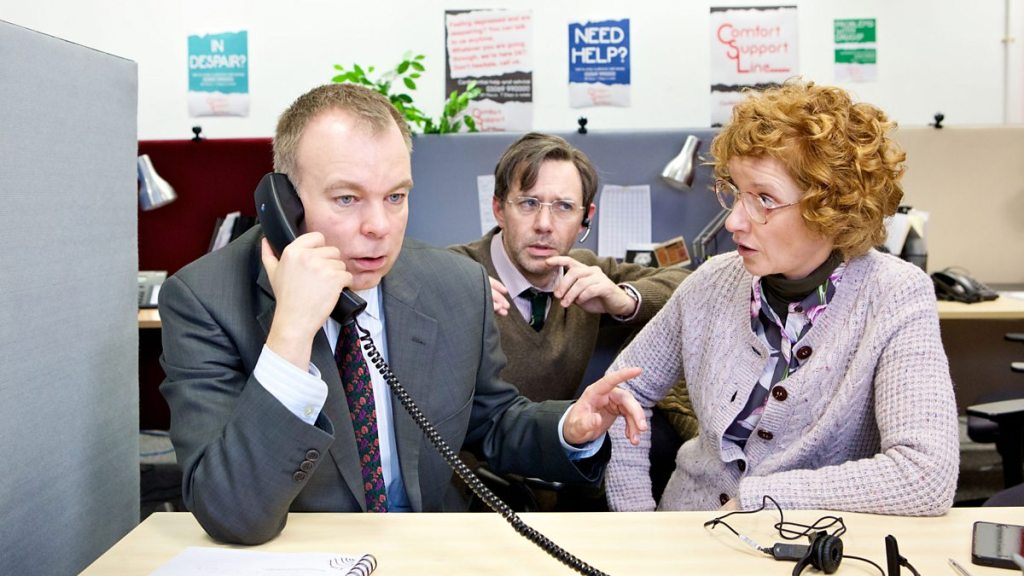
Like many of the entries on this list, ‘Cold Comfort’ does something very clever with its format. In this case, the entire episode is apparently captured on CCTV cameras, found-footage-style. The audience sees footage from four cameras at all times – this really rewards a re-watch once you know what’s going on and can see it happening (subtly) in other camera feeds than the focus of the scene.
But this is about so much more than just a clever-clever set-up. This episode plays into a common source of anxiety – the fear that saying the wrong thing in a moment of frustration could have serious consequences. The main characters, volunteers at a crisis support line, are all trying to help people in an emotionally exhausting role while trying to hold themselves together too. The core of the story is quietly devastating, and that is the real power of this Shearsmith and Pemberton-directed episode.
4. Bernie Clifton’s Dressing Room (Series 4, Episode 2)

They say “write what you know”, and if there’s one thing Pemberton and Shearsmith know it must be the life of a comedy double act. Cheese/Drake and Crackers/Shelby do a very different type of comedy than Shearsmith and Pemberton, being old variety entertainers, but the push and pull of a long comedy partnership must be something these two know well. This episode focuses almost entirely on Pemberton and Shearsmith’s characters and it is both a love letter to, and a critique of, Cheese and Crackers’ old-fashioned shows, while also, of course, being very funny.
This is also the only other episode that could rival ’12 Days’ for bittersweet emotional pull. The final act revelation turns the episode on its head and demands an immediate re-watch, and if you make it through dry-eyed, you might just be a robot. This episode is about all the things this series as a whole is about – comedy, relationships, life, and death.
3. The Devil of Christmas (Series 3, Episode 1)
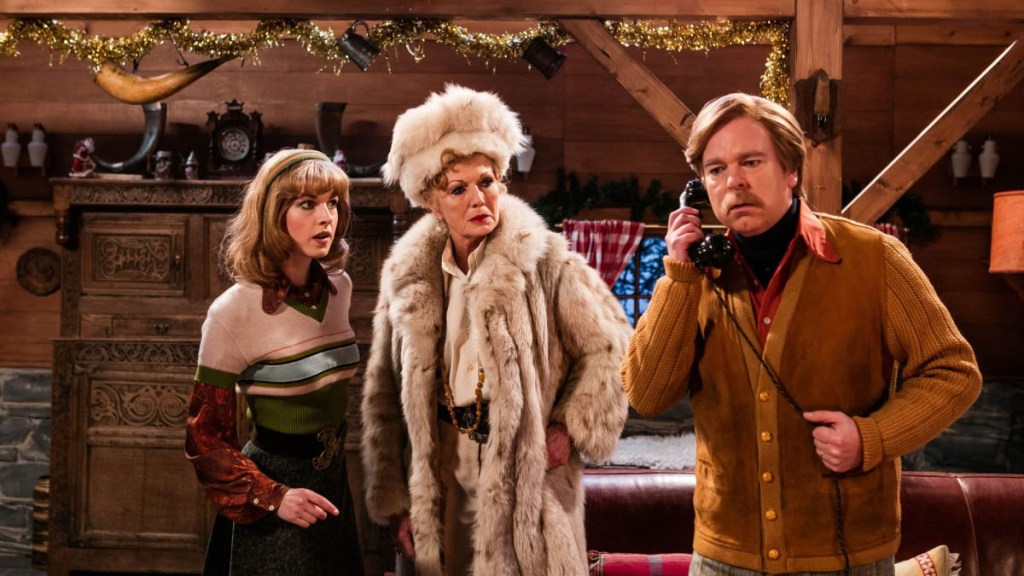
Inside No. 9 is, according to the label, a comedy, and that is one reason we have favoured episodes that are really funny for our top spots. ‘The Devil of Christmas’ combines the show’s two best known features – comedy and seriously dark twists – to fantastic effect.
For most of its runtime, this is one of the funniest instalments of the series. Deliberately bad acting, when done well, can be a joy to watch, and over the top of it we have Derek Jacobi’s dry director’s commentary poking fun at his own film and offering the sorts of amusing anecdotes we are used to hearing from director’s commentaries. There’s a reason Jacobi appears on both the show and this list twice.
And then there’s the twist, which Pemberton and Shearsmith themselves have described as one of the show’s darkest. The moment when it becomes clear what is really happening is one of stomach-dropping horror and the key to the commentary is very clever.
2. Wise Owl (Series 7, Episode 6)
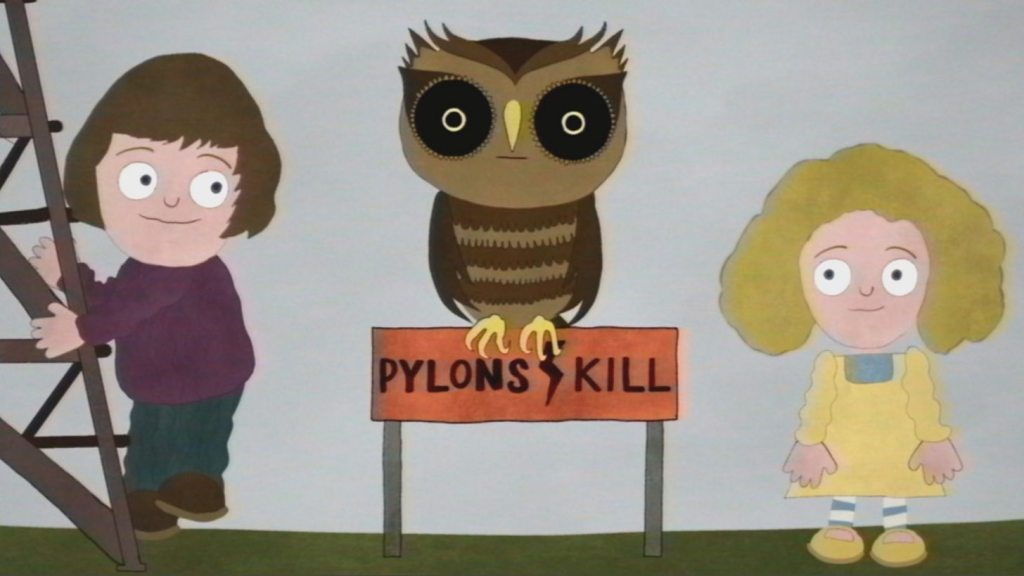
‘Wise Owl’ has many of the same ingredients as other great episodes of Inside No. 9; emotional resonance, dark revelations, some seriously creepy sequences, and a brilliant performance from Shearsmith in the lead role. Not only does it feature some very disturbing owl-related dreams, half the episode is presented in the style of children’s public information films. Anyone who remembers these deeply disturbing childhood nightmares from the 1970s, 80s, and 90s will appreciate the genius of their use in this episode.
All that, and this episode has two more features that raise all the way up to our Number 3 spot. One, it is hilarious in the most perfectly black Inside No. 9 way (let’s just say “botched taxidermy” and leave it at that). And two, the ending is absolutely, quietly, devastatingly triumphant.
1. A Quiet Night In (Series 1, Episode 2)
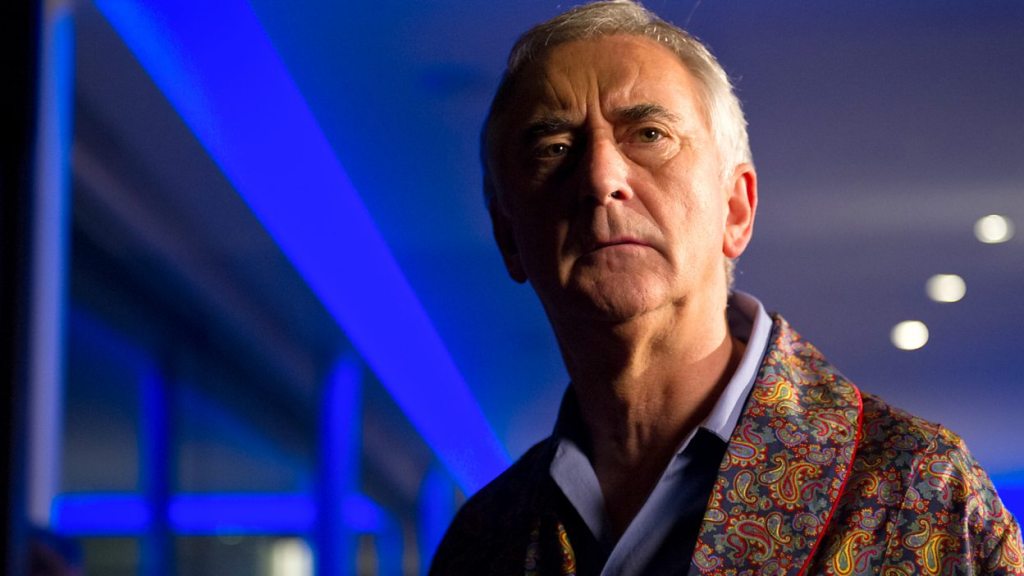
There are a few reasons why ‘A Quiet Night In’ was chosen as the episode that would appear in the middle of ‘Dead Line’, supposedly put on to cover up for technical difficulties with the live episode. Some of these are technical, involving how the crew could go about inserting new footage into an old episode, but it is also just a very good and very popular episode that people remember well. It is an ode to silent comedy, featuring hardly any dialogue and offering up classic bumbling burglars from that genre, with a typical Inside No. 9 twist.
It was really tight between the top three, and you could easily make an argument that the number one spot should belong to ‘The Devil of Christmas’ or ‘Wise Owl’. But ‘A Quiet Night In’ just pips them to the post by featuring just the right amount of murderous black comedy, and also being absolutely hilarious throughout. It is one of the most re-watchable episodes of the entire series and a joy from start to finish.
Inside No. 9 series 8 continues from Thursday the 27th of April at 10pm on BBC Two and iPlayer.
